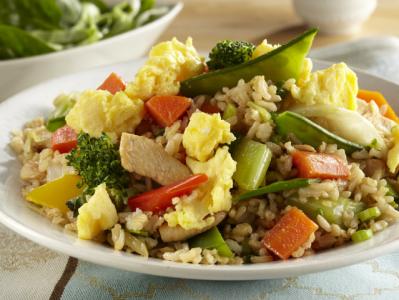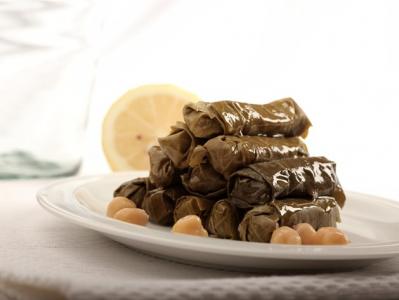Whole Grains, Pasta Linked with Lower Breast Cancer Risk
An estimated 1 in 8 women in the US will develop invasive breast cancer over her lifetime, so preventive lifestyle choices are an important area of research. To see how diet plays a role, Harvard scientists analyzed the grain food choices of 90,516 pre-menopausal women, and monitored their health outcomes for 22 years. After adjusting for known breast cancer risk factors, those eating 1.5 servings of whole grains per day were 18% less likely to get pre-menopausal breast cancer than those eating hardly any whole grains (0.2 servings/day). This relationship was no longer significant after adjusting for fiber, suggesting that the fiber in whole grains may play a protective role. When looking at individual grain foods, brown rice and pasta (white or whole grain) were associated with a lower risk of overall breast cancer risk, while white bread was linked with a higher risk of overall breast cancer.
Breast Cancer Research and Treatment. 2016 Sep;159(2):335-45. (Farvid MS et al.)



